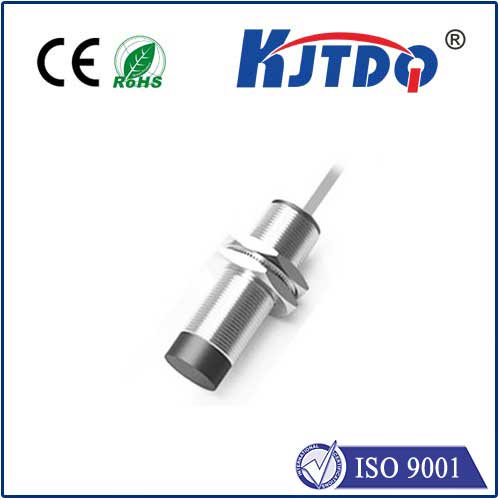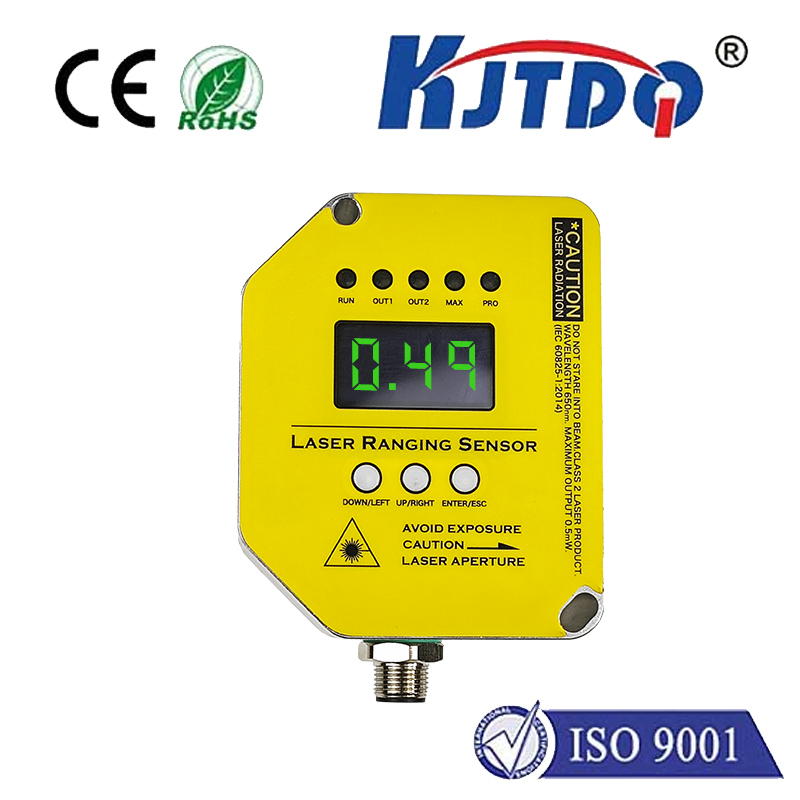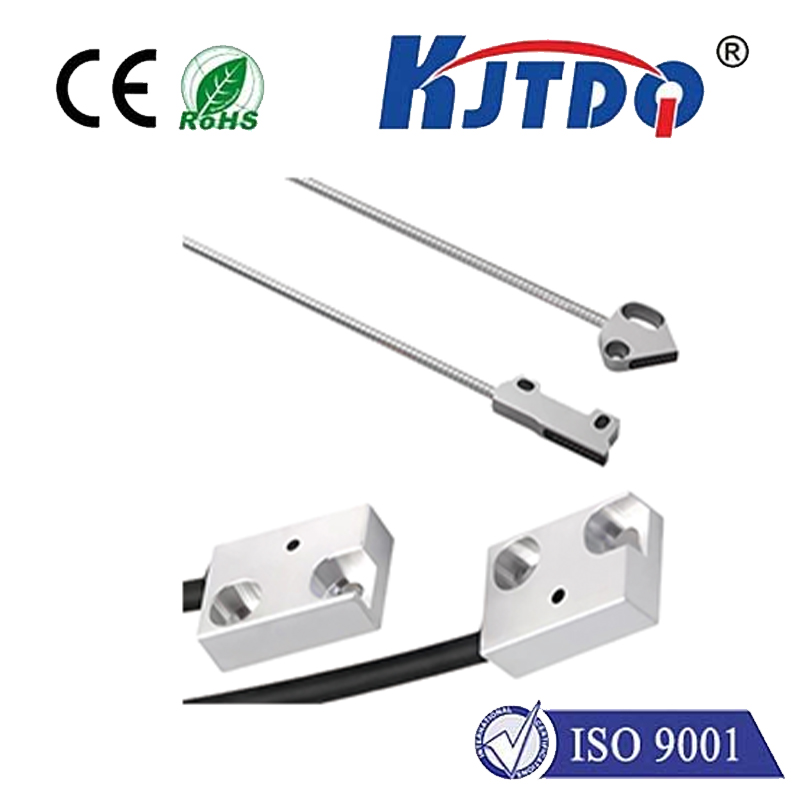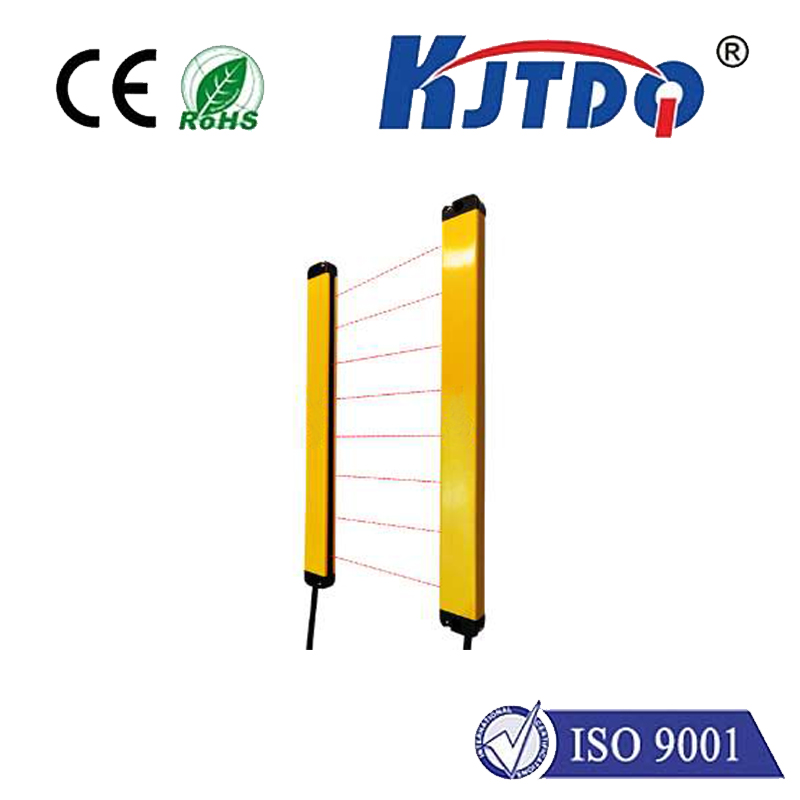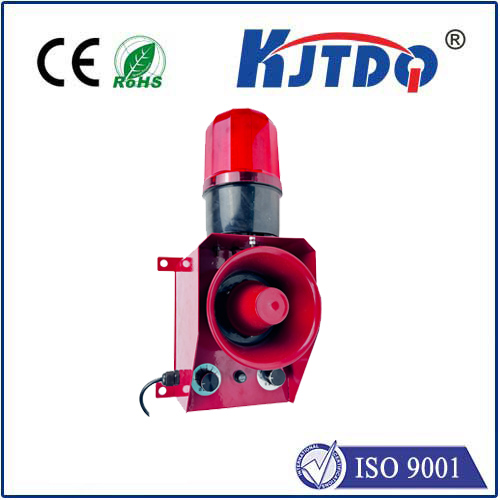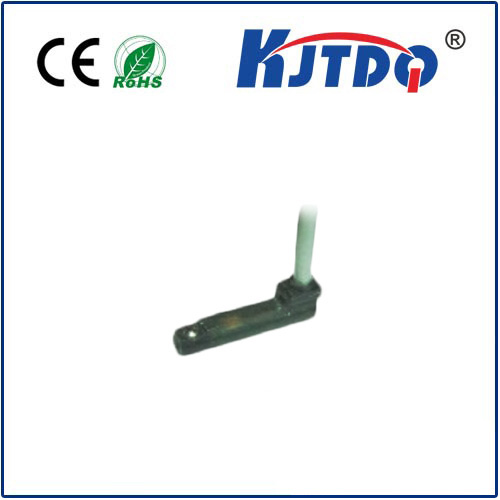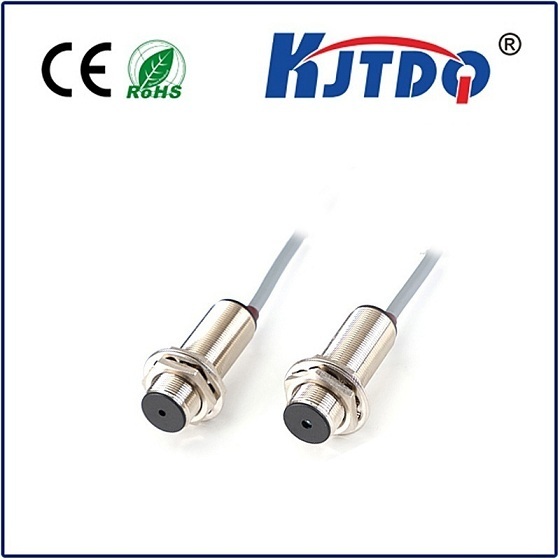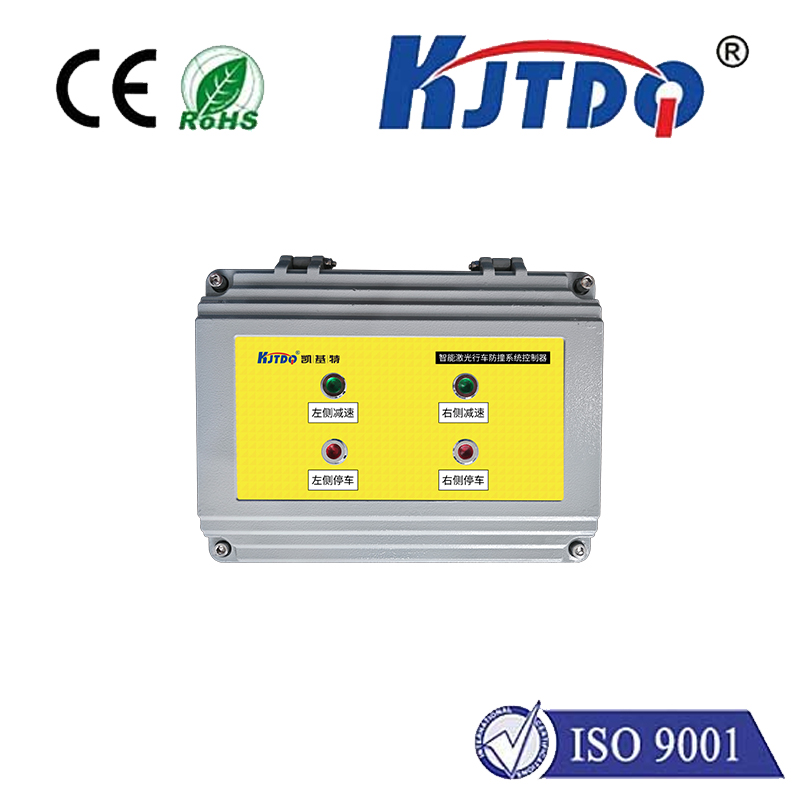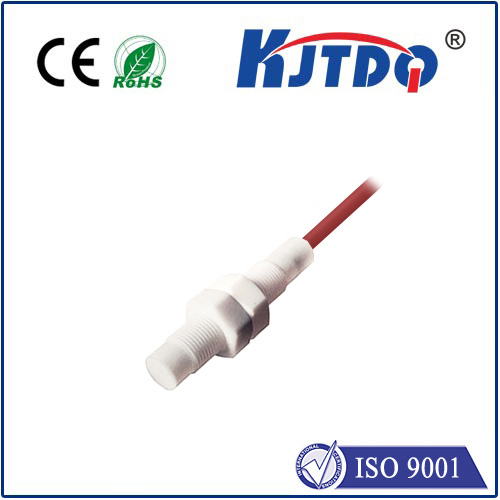
check

check

check

check
In the rapidly advancing field of technology, the demand for precise measurements has never been higher. From industrial automation to automotive safety systems and beyond, accurate distance measurement is crucial. This is where high precision distance sensors come into play, transforming the way we measure distances with their exceptional accuracy and reliability.
The importance of high precision distance sensors cannot be overstated in today’s technological landscape. Whether it’s measuring minuscule gaps in electronic components or detecting obstacles in self-driving cars, these sensors provide the level of detail that traditional methods simply can’t match. Their ability to measure with incredible accuracy opens up new possibilities across various industries, ensuring efficiency, safety, and innovation.

One of the standout features of high precision distance sensors is their versatility. In manufacturing, they ensure products are built to exacting specifications, reducing waste and improving quality control. In the automotive industry, these sensors power advanced driver assistance systems (ADAS), enabling features like automatic emergency braking and lane-keeping assistance. Even in healthcare, they contribute to minimally invasive surgeries by allowing surgeons to navigate within the human body with pinpoint accuracy.
High precision distance sensors leverage cutting-edge technologies such as laser scanning, ultrasonic detection, and time-of-flight cameras to deliver their measurements. Laser sensors, for instance, can measure distances with an accuracy of less than a millimeter, while ultrasonic sensors excel in environments where optical solutions might struggle. These advancements have significantly broadened the horizons for what is possible in terms of precision measurement.
Despite their advantages, high precision distance sensors face challenges such as cost and complexity. However, ongoing research and development aim to address these issues, making these sensors more accessible and easier to integrate into various systems. Looking forward, the integration of artificial intelligence and machine learning holds the potential to further enhance the capabilities of these sensors, paving the way for even more innovative applications.
In conclusion, high precision distance sensors represent a leap forward in measurement technology, providing unparalleled accuracy and reliability. As industries continue to evolve and demand more sophisticated solutions, these sensors will undoubtedly play a critical role in driving progress. With continuous advancements on the horizon, the future of precise measurement looks brighter than ever before.
